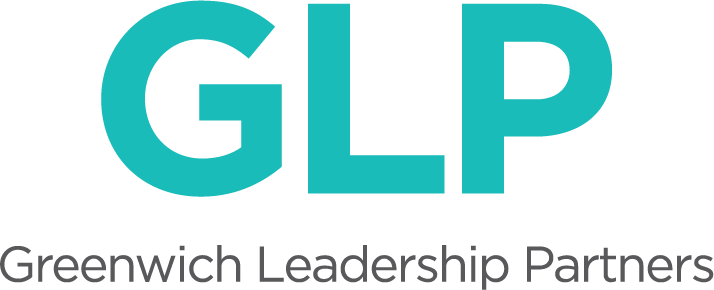By Sarah Goldin, Ph.D., Partner and Director of Qualitative Research
It’s that time of year again! It’s August and “Back to School” is in full effect.
I’ve been reflecting over the past week on all the “new” that a new school year brings. The nervous excitement and anticipation of:
New relationships and collaborations with and between students, faculty/staff and school leadership
New priorities and initiatives for learning design, curriculum, program, pedagogy, and assessment
New challenges posed by new conditions -- both internal and external
All the “new” is enough to daunt even the most seasoned of educators!
So how to make sense of it all? How might school leadership, faculty/staff, and students collectively organize around a shared “North Star” that brings all of the important and urgent work of schools together under a cohesive and more manageable throughline?
I was thinking all these thoughts when the podcast and article “Apprenticeship Gets a Makeover” (McKinsey & Company, July 28, 2022) came into my inbox. Although written for/from a business perspective, the insights therein immediately resonated, suggesting a powerful approach – with supporting and specific tactics/skills – to help make all of the complicated work of schools feel both simpler and more integrated.
So here’s my “Back to School” wondering and challenge:
What if we reframed our understanding of ALL that schools do – and every relationship through which work gets done – as a powerful apprenticeship opportunity through which “everybody learns and everybody teaches”?
For example, professional development, priorities/goals, and reflection/evaluation processes for instructional faculty could adopt an apprenticeship stance – forging collaborative teams of teachers who learn with and from each other through peer-to-peer modeling, coaching, iteration, and reflection. At the same time, instructional faculty across all grades and subject areas could emphasize the same approaches in learning design – curriculum, pedagogy, and assessment – with their students. Similar peer-to-peer apprenticeship could support leadership teams in making coordinated progress across school-wide priorities and initiatives.
If we collectively commit to the mindset that every task and relationship is an opportunity to “learn by doing” -- through the intentional and consistent practice of modeling, scaffolding, coaching, fading, and reflection -- we promote positive and collaborative culture, and create conditions for more powerful learning by both students and adults.
For more about apprenticeship frameworks and how they can be leveraged to foster a culture of continuous learning, see also:
“What Is Cognitive Apprenticeship And How Does it Make Thinking Visible?” (Tomsett, John. Teaching Times. 2021
“Reviving the art of apprenticeship to unlock continuous skill development” (McKinsey & Company, October 21, 2021)
“Cognitive Apprenticeship in Classroom Instruction: Implications for Industrial and Technical Teacher Education” (Duncan, Sarah. JITE v33n3. 1996)

